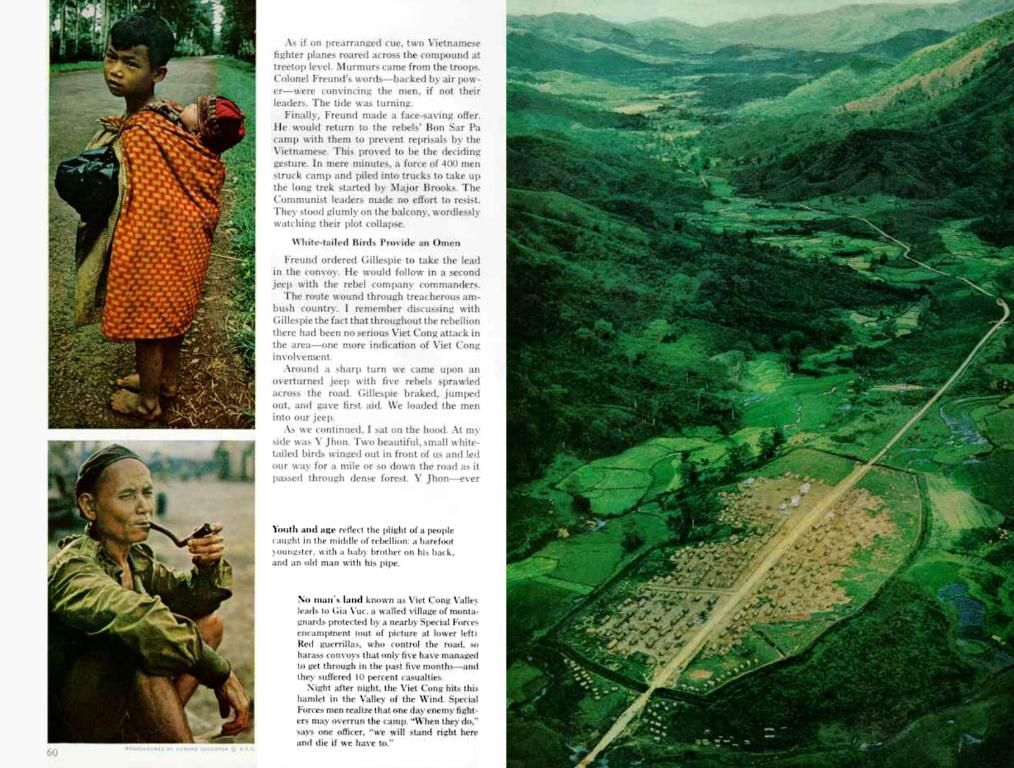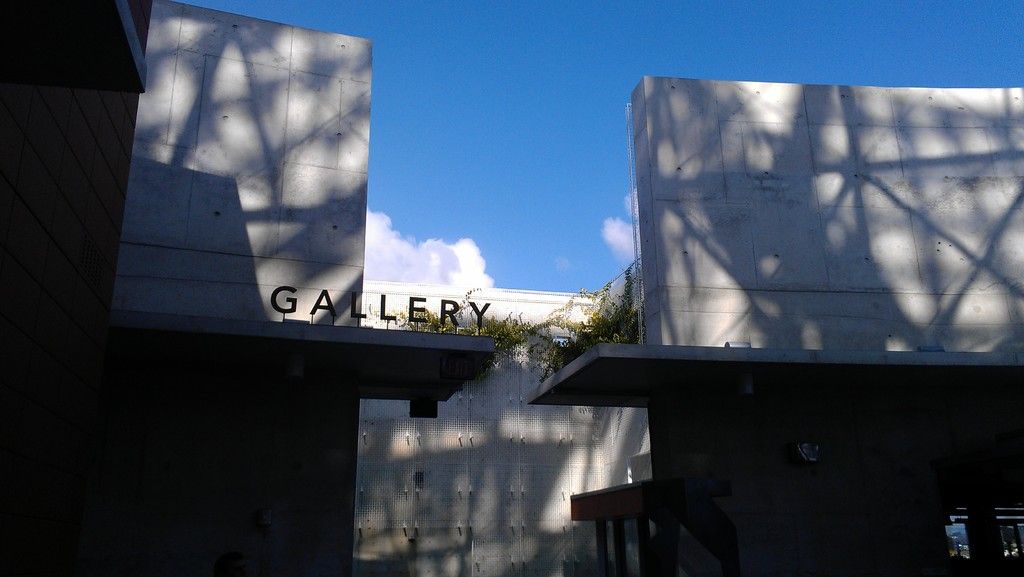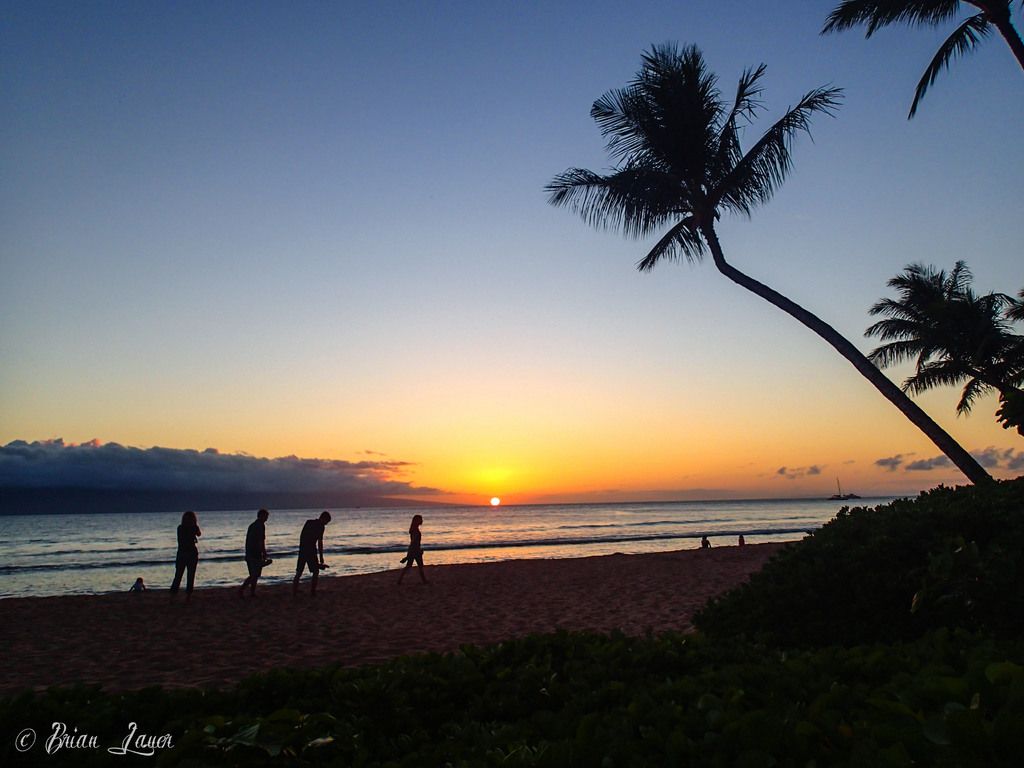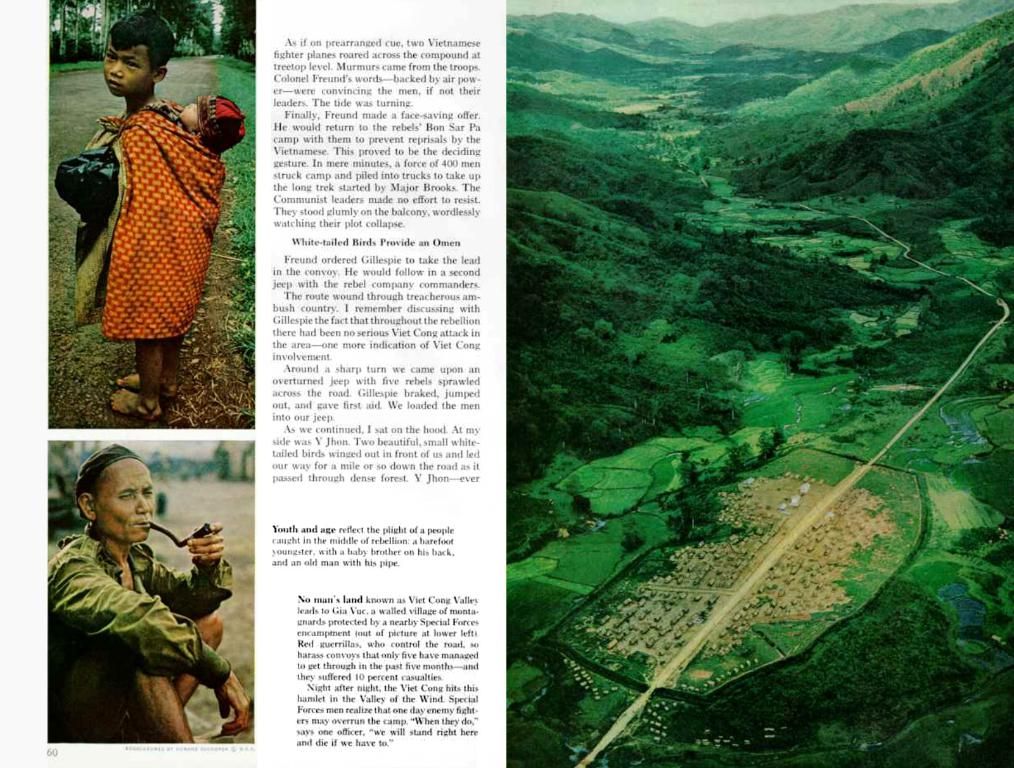Adapting Traffic in the Thai Capital: Checking Out Bangkok's ATCS
Tech solutions adopted by City Hall to tackle traffic congestion problems.
Bangkok, often plagued by traffic congestion, is now taking a sly swerve towards efficiency with the introduction of the Adaptive Traffic Control System (ATCS). Officially deployed at 72 strategic intersections on popular roads like Sukhumvit, Phetchaburi, Rama IV, Phahon Yothin, and Silom, this system is designed to streamline traffic like never before.
"Traffic light countdown timers at intersections?" scoffs Bangkok's governor, Chadchart Sittipunt, as he dismisses the outdated timer systems still in place at around 500 intersections throughout the city. "Those don't adjust based on real-time traffic conditions."
Instead, the ATCS uses a network of cameras to gather real-time traffic data and relies on computers to dynamically adjust traffic signal timings to match traffic demand, thereby optimizing traffic flow.
The system is proving to be quite the charmer, nudging traffic flow by a substantial 15% during off-peak hours. However, when the rush hits and traffic becomes as jam-packed as a cramped dive bar on a Saturday night, Mr. Chadchart advises that traffic police might need to jump in and take over.
Setting its sights even higher, the Bangkok Metropolitan Administration (BMA) plans to deploy the ATCS at another 200 intersections next year.
Noteworthy observations:
- The ATCS, a blend of AI and real-time traffic data, is smart enough to extend green lights for more congested lanes while shortening them for less congested lanes, maximizing efficiency.
- This initiative is part of a larger plan, collaborating with international partners such as the Japan International Cooperation Agency (JICA), to improve the Area Traffic Control (ATC) system in Bangkok.
- The Adaptive Traffic Control System (ATCS) employed in Bangkok not only adjusts traffic signal timings dynamically but also smartly extends green lights for more congested lanes while shortening them for less congested lanes.
- Aiming to further lessen traffic congestion in Bangkok, the Bangkok Metropolitan Administration (BMA) is planning to deploy the ATCS at an additional 200 intersections next year.
- While the ATCS has shown promising results in improving off-peak traffic flow by up to 15%, the Bangkok governor, Chadchart Sittipunt, advises that traffic police might need to intervene during rush hours when traffic becomes as dense as a crowded nightspot in Bangkok.







